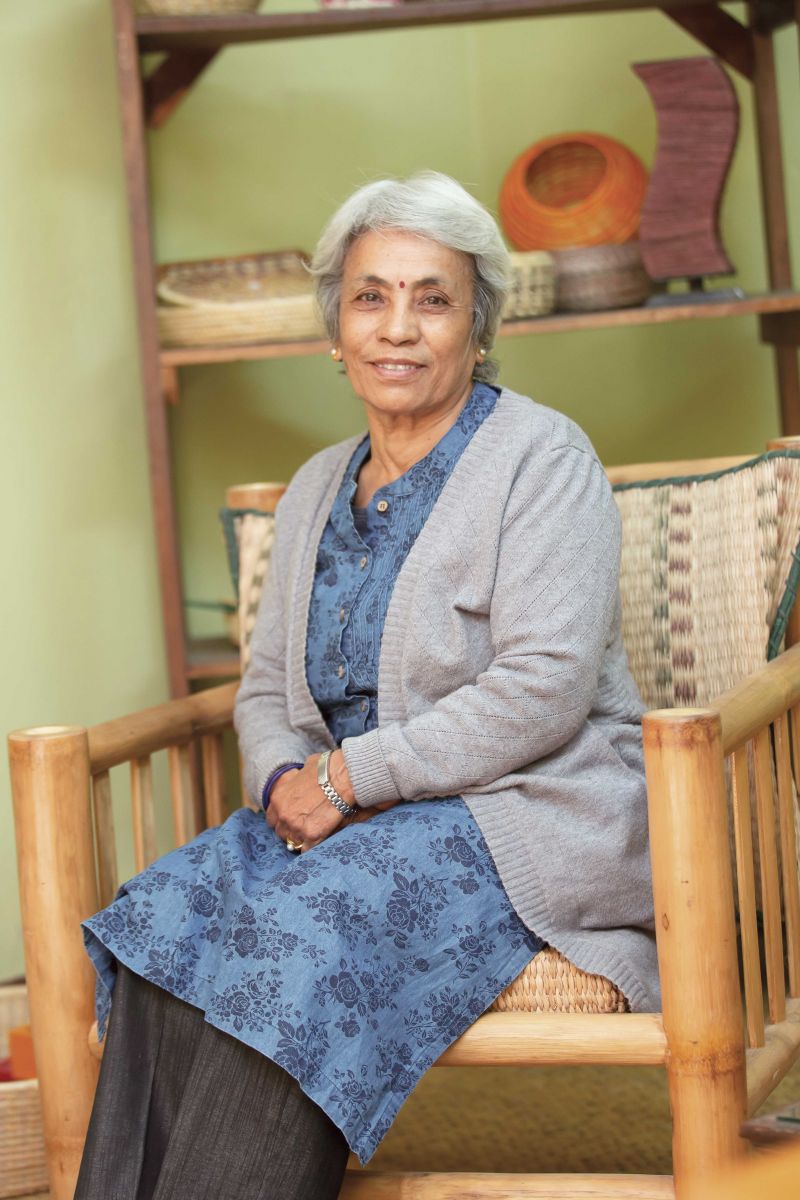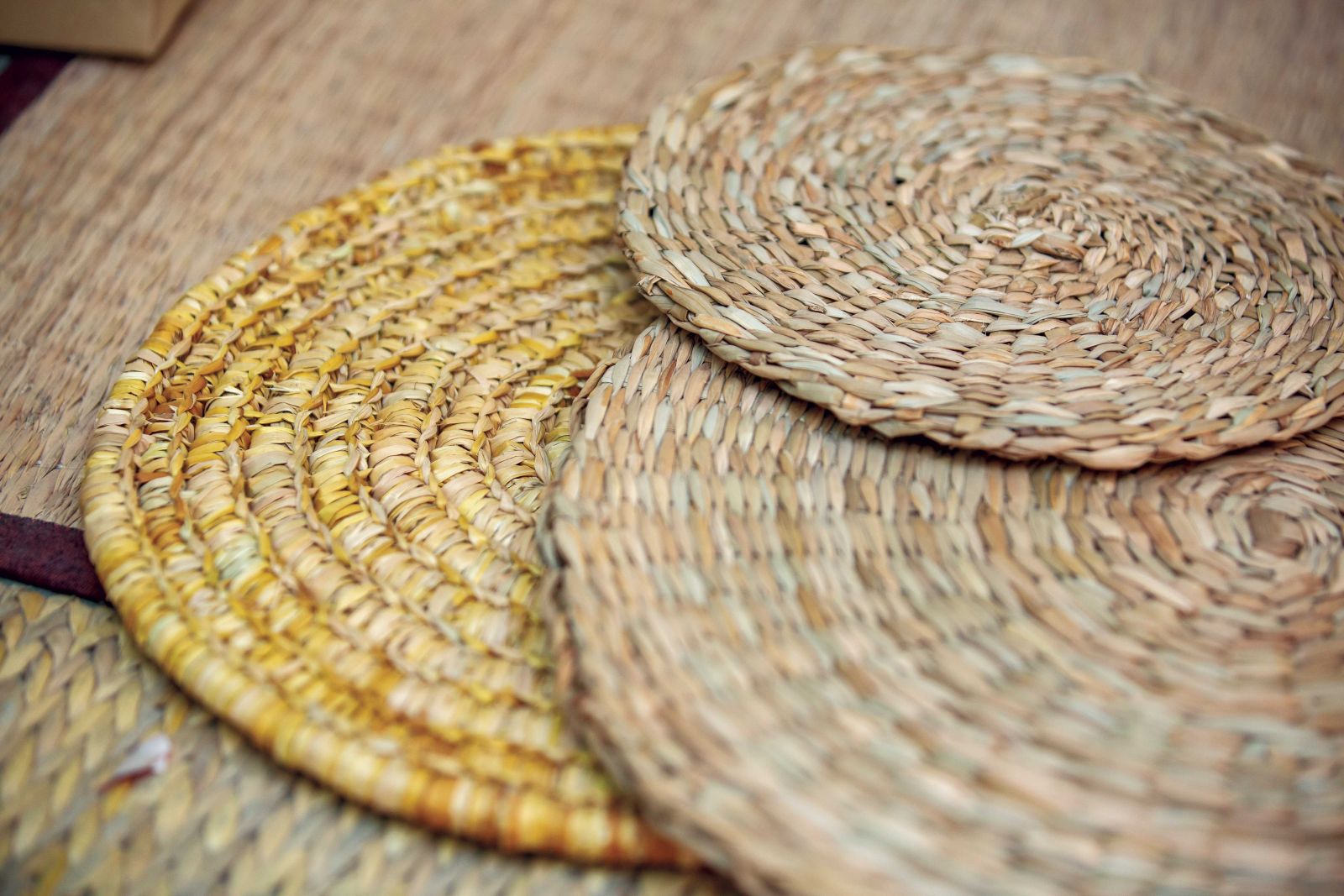
Watching the tourists in Mangal Bazaar, the Durbar square of Lalitpur District, nearly every day since the 1970s, as they gaze at the temples, doors, windows and statues with open mouths and shining eyes, taking photos constantly, I feel that that each piece of wood carving or metal craft or any other sector are never going to disappear. These are our rich cultural heritage. These arts and craft mesmerize the people, native as well as foreigners. These are found not only in Lalitpur, but in the whole of the country. Art and craft is an integral part of Nepal and Nepalese life.
Going outside of the Kathmandu Valley, there is craft work in utility items which are being used in everyday life, the crafts in rituals and ceremonies are again used during special occasions by different communities.
Each community has its own culture, tradition and rituals. There are 115 recorded ethnic communities in Nepal. The Newar community in the Kathmandu Valley alone have displayed and retained their living arts and crafts for centuries in metal craft, wood carving, stone carving, silver and gold crafts and much more: if those of all the 115 ethnic groups were collected and displayed, they would be innumerable.
However, society is rapidly changing, both in cities and villages, mountain and valleys, Himalaya and Tarai. More and more children are getting education. Machine-made plastic and synthetic products are being imported. These are cheaper, shiny and smooth, attractive to the average person for daily use. The traditional arts and crafts are made by hand and thus are expensive in comparison.
On the other hand, more and more Nepalese of all sectors are going abroad for education and employment. They have slowly started to understand the value of their culture and crafts, and the importance of their own identity. Overall, people have started to value the local crafts.
Different NGOs and INGOs are providing many kinds of income generating programs to enhance the existing and new skills in communities in rural and urban areas, in order to raise living standards. Among these programs, there are handicrafts as well as new technologies such as those in the digital sectors and mechanical areas, from food processing to agriculture, horticulture to capacity development. The export market is expanding and there is a considerable amount of effort all over the globe working towards sustainable development.

In this scenario, slowly people around the world have started to value hand-crafted products as one of the most important aspects of sustainable development. The crafts have an aesthetic look, are unique, the raw materials are different and the methods of creating them vary between countries. Hence, in the future more and more demand for crafted items is possible. In the UK, 67 percent of affluent families buy handcrafted products crafted for their uniqueness and aesthetic value.
Nepalis fertile ground to find such highly valued, unique crafts. Communities are scattered around the country from the Himalaya to the hills and valleys, to the flat land of the Tarai, and each has its own special cultural heritage—both tangible and intangible—as each developed as per its special circumstances and the topography of its habitat. Before the 1950s Nepal was secluded from the rest of the world due to the difficult topography of the country and lack of infrastructure. The people survived in their special climate and landscape by utilizing nature’s abundant raw materials for food, shelter and every day utility items. In the higher up Himalayan area, they made thick woolen warm clothes from the hair of mountain goats and yaks. They make beautiful natural dyed carpets and mats etc. In the mountains and hills, the Rais, Gurungs, Tamangs, and Magars make strong materials out of nettle fiber. The bamboo baskets such as dokos and dalos are inevitable containers for carrying goods and humans in need. The many species of bamboo found around the country help create various types of bamboo baskets for everyday use and for rituals, too. There are many other sources of raw materials found according to the special climatic conditions and people have adapted, making many kinds of handmade goods for different purposes. Most of them are still not being explored, documented and distributed to the general public.
Visit Nepal 2020 is around the corner. After visiting different places, tourists definitely buy souvenirs for themselves and as presents from Nepal to take back. Nepalese themselves take them as gifts when they go abroad or migrate to other countries. The expat community love the arts and crafts of Nepal.

The climate change crisis has also helped the craft sector, especially those whose products are made out of natural materials. They are definitely the best choice in comparison to plastic and synthetic goods which are being imported and polluting not just our country but the whole world. In general, people have started to realize the value of handmade and natural items. They are beautiful, biodegradable, handmade and have an earthy look.
Craft, therefore, is slowly being explored: infrastructure development, people’s migration and the increase in education levels have considerably highlighted the possibilities of the development of the craft sector. The future for crafts in Nepal is bright.











